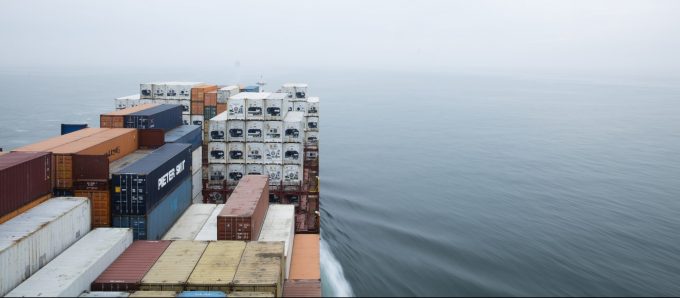Bullish Wan Hai, unfazed by US port fees, reports record profits
Wan Hai Lines GM Tommy Hsieh is positive about achieving higher transpacific contract rates this ...

Oslo-listed feedership owner MPC Container Ships (MPCC) has posted a net loss of $10.7m for the first quarter and warned investors of its exposure to “significantly reduced charter rates”.
CEO Constantin Baack said that, but for its capital expenditure and off-hire deductions related to scrubber retrofits on ten vessels, Q1 should have seen the shipowner move into the black for the first time since its 2017 formation.
And he said MPCC had been affected during the period by the rapid decline in daily ...
'Disastrous' DSV-Schenker merger would 'disrupt European haulage market'
New senior management for DSV as it readies for DB Schenker takeover
Volumes set to 'fall off a cliff' as US firms hit the brakes on sourcing and bookings
Asian exporters scramble for ships and boxes to beat 90-day tariff pause
Amazon pushes into LTL for small package fulfilment and UPS does a u-turn
Temporary tariff relief brings on early transpacific peak season
Pre-tariff rush of goods from US to China sees air rates soar, but not for long
'Tariff madness' will prompt renegotiation of ocean shipping contracts

Comment on this article